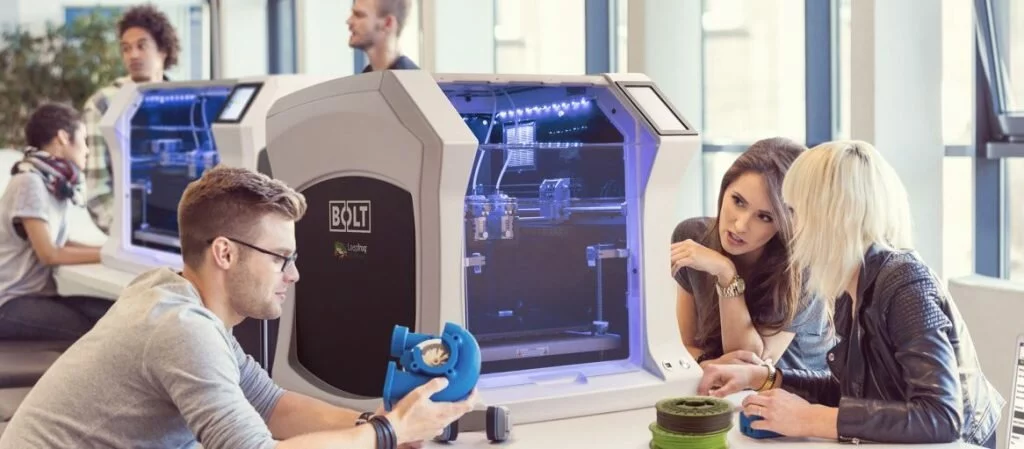1. Hands-On STEM Learning:
3D printing has become a cornerstone in STEM education, offering students a hands-on approach to learning science, technology, engineering, and mathematics. By creating tangible models of abstract concepts, students gain a deeper understanding of complex subjects, from geometry and physics to engineering principles.
2. Prototyping and Design Thinking:
Incorporating 3D printing into the curriculum encourages design thinking and prototyping. Students can transform their ideas into physical prototypes, allowing them to iterate and refine their designs. This iterative process fosters creativity, problem-solving skills, and a practical understanding of the design and engineering principles.
3. Anatomy Models for Biology Studies:
Biology and medical education benefit from 3D printing through the creation of detailed anatomical models. Students can explore the intricacies of the human body by examining 3D-printed organs and structures, enhancing their comprehension of anatomy and physiology in a tangible and immersive way.
4. Historical and Cultural Exploration:
3D printing brings history and humanities to life by replicating historical artifacts and cultural objects. Students can engage with history on a tactile level, interacting with 3D-printed replicas of artifacts, sculptures, and monuments, fostering a deeper connection to the past.
5. Geographical and Architectural Understanding:
Geography and architecture classes leverage 3D printing for creating topographical maps, architectural models, and city layouts. This hands-on approach enhances spatial understanding and allows students to explore the physical aspects of geographical and architectural concepts.
6. Astronomy and Astrophysics Visualizations:
Astronomy classes benefit from 3D printing by creating accurate celestial models. Students can print representations of planets, moons, and other astronomical objects, providing a tangible way to understand the vastness of the universe.
7. Custom Educational Tools:
Teachers use 3D printing to create custom educational tools and aids, tailoring resources to suit specific curriculum needs. Whether it’s math manipulatives, language learning aids, or interactive physics models, the adaptability of 3D printing enhances the learning experience.
8. Robotics and Engineering Projects:
3D printing is a valuable resource for robotics and engineering projects. Students can design and print components for robotics competitions, engineering prototypes, and other hands-on projects that bridge theoretical knowledge with practical application.
9. Environmental and Sustainable Initiatives:
Educational institutions engage students in environmental and sustainable projects using 3D printing. From designing prototypes for eco-friendly inventions to creating sustainable architecture models, students explore solutions for real-world challenges.
10. Fostering Collaboration and Teamwork:
3D printing projects often require collaboration and teamwork, reflecting real-world scenarios. Students working on group projects learn valuable interpersonal and communication skills as they collaborate on the design, printing, and presentation of their creations.
